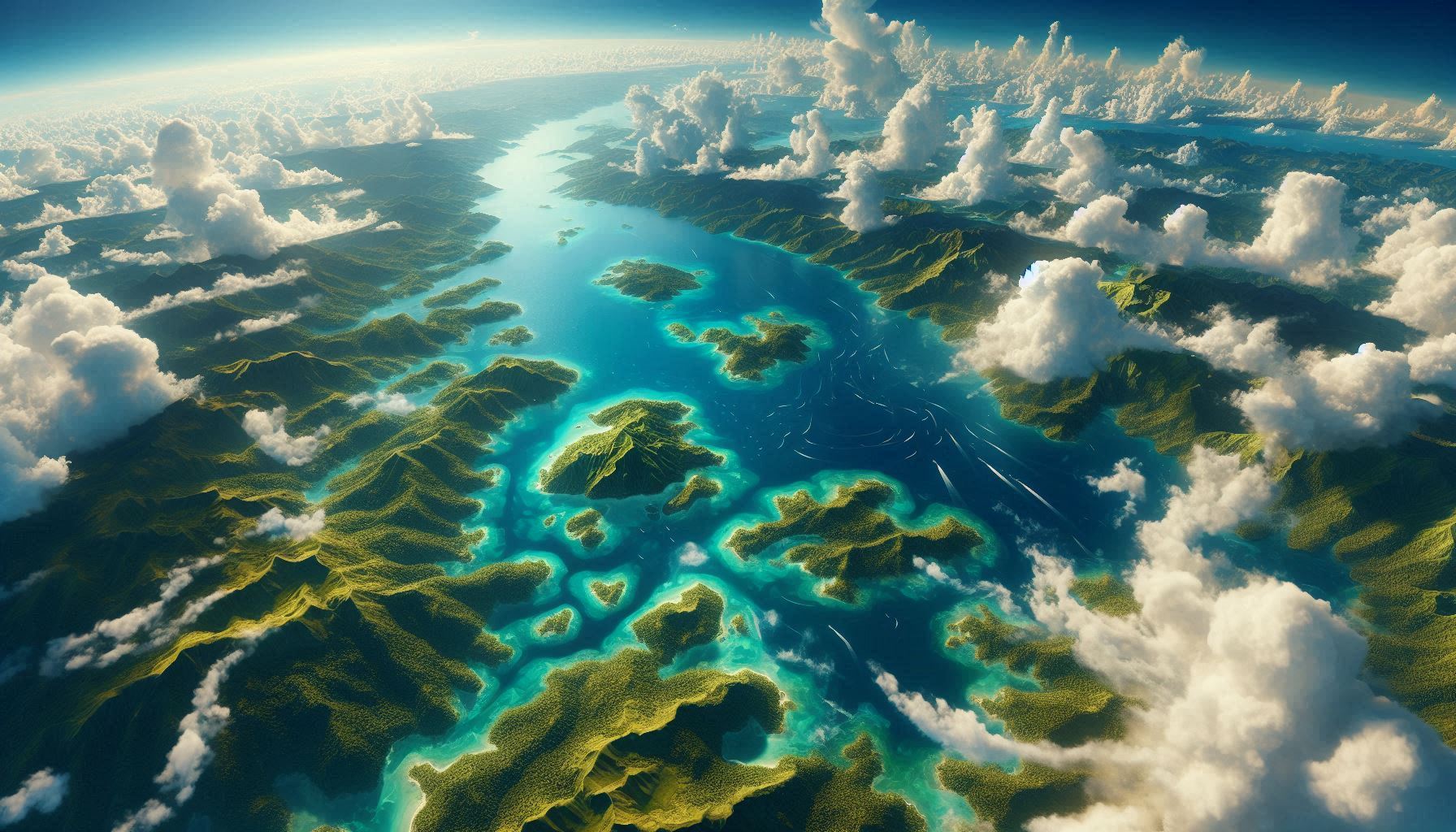While researching crustal movement, we came across the topic of plates and continents. It seems that there was a time when the Earth had no land and was entirely ocean, so having land is not something that is taken for granted. Currently, the Earth is roughly divided into six continents: Eurasia, Africa, North America, South America, Antarctica, and Australia. The difference between islands and continents seems to be unclear, but there is a theory that Madagascar is a continent due to differences in its ecosystem.
https://www.eorc.jaxa.jp/earthview/2004/tp040528.html
The world’s largest island is Greenland, which is about 30% of the area of the Australian continent. Roughly speaking, any area smaller than Greenland is an island.
There is a theory that there are seven continents in the world, dividing Europe and Asia, and it seems that an eighth continent has been discovered in New Zealand. It is about 50% of the size of the Australian continent, 94% of which is submerged underwater, and the part that is above sea level is New Zealand, and is called Zealandia. It seems to be the birthplace of penguins, and a huge penguin fossil measuring 177cm in length and weighing 100kg has been found there. Who would have thought that ancient penguins were so big?
https://www.nznetwork.com/en/blog/1317
Other traces of ancient continents have been found in the Arctic Islands in northeastern Canada and the Rio Grande Rise off the coast of Brazil. They are also investigating the remains of ancient continents called Doggerland in the North Sea off the coast of the UK, Greater Adria in the Mediterranean Sea, and Mauritia in the Indian Ocean. There is something fascinating about the expression “lost continents.”
https://wired.jp/2017/02/14/ancient-continental-beneath-mauritius
Some islands sink due to crustal movement, while others rise, and new islands continue to be born due to volcanic activity and other factors. The world’s newest island is said to have appeared off the coast of Iwo Jima in the Pacific Ocean. Nishinoshima Shinjima, which appeared in the same Ogasawara Islands and has become one with Nishinoshima, also appears to be a relatively new island. Other islands that appeared in the 1900s include Anak Krakatoa in Indonesia and Surtsey in Iceland. New ecosystems appear to have already been born on these newly formed islands, and this is how vegetation succession begins.
https://www.cnn.co.jp/fringe/35211309.html
Also, a new island has been discovered near the Antarctic due to melting ice, which is separate from crustal movement. With the advent of GPS satellites, it seemed like the entire Earth had been explored, but it seems that there are still many things that remain unknown.
** https://www.natureasia.com/ja-jp/ndigest/v17/n5/
There is a theory that land floats on the mantle, but even so, it is amazing that it exists as such a stable land. Land is amazing. The Earth’s magnificent circulation is amazing.


